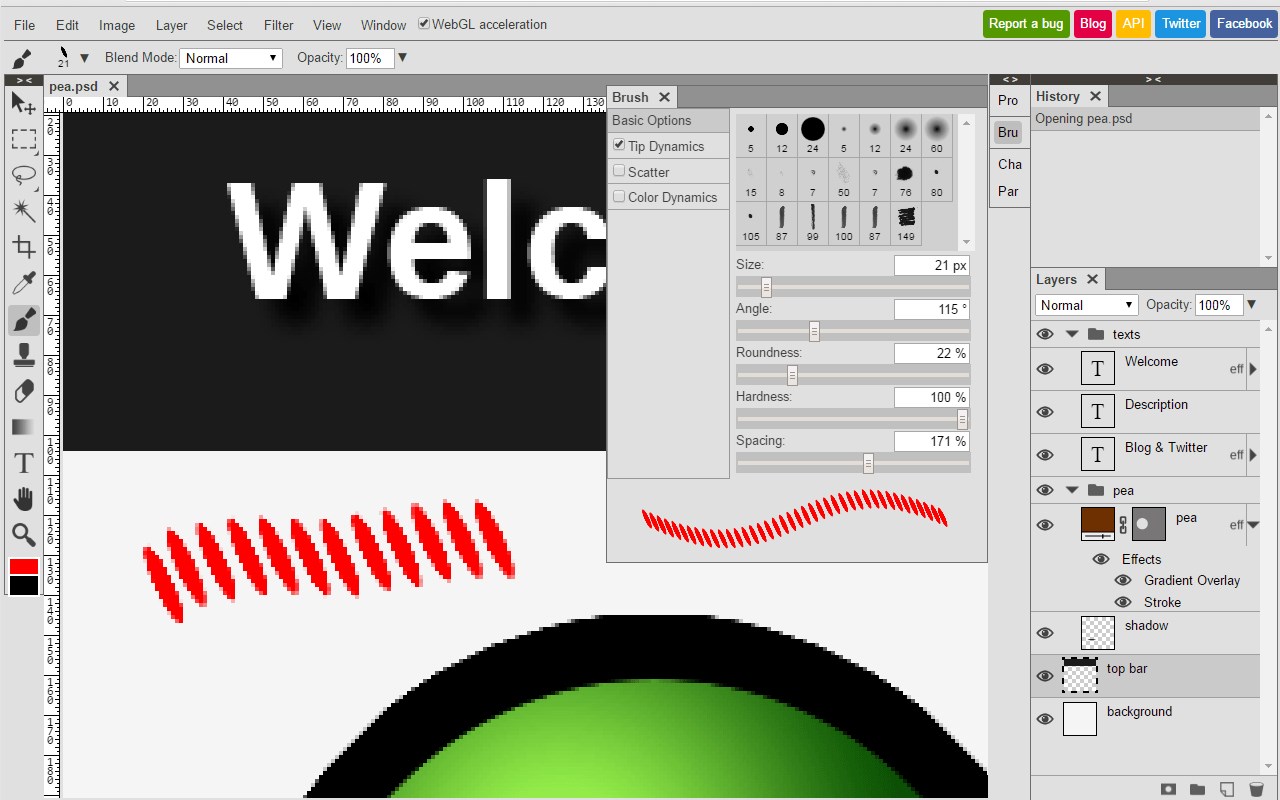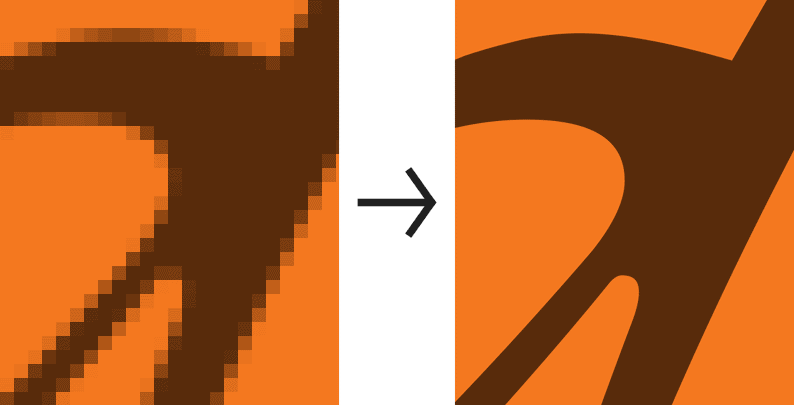
Therefore, these methods only work well in vectorizing targets with simpler structures (e.g, icons, fonts), and get trouble in vectorizing mangas with complex structures 1 1 1The vectorization accuracies are compared in Figure 5 and Figure 6. However, the DL-based methods typically vectorize an entire image in one step, and the one-step manner makes the DL model cannot handle too many parameters of vector format accurately. The other category of works is based on deep learning (DL) (e.g., ), which trains neural models to produce vector graphics utilizing the features of target raster images. The first category of works is based on pre-designed algorithms, which analyzes pixels and calculates parameters to construct vector graphics (e.g., ). Recent representative works for vectorizing images are mainly divided into two categories.

Vectorization of raster images has been studied extensively in image processing, graphics, vision, and other areas. Quantitative and qualitative experiments demonstrate that our Mang2Vec can produce impressive results and reaches the state-of-the-art level. To improve our performances on visual quality and storage size, we further propose an SA reward to generate accurate stokes, and a pruning mechanism to avoid producing error and redundant strokes. Next, the control parameters of strokes are collected to translated to vector format. We train a designed DRL agent to produce the most suitable sequence of stroke lines, which is constrained to follow the visual feature of the target manga. Unlike existing learning-based works of image vectorization, we present a new view that considers an entire manga as a collection of basic primitives ”stroke line”, and the sequence of strokes lines can be deep decomposed for further vectorization. In this paper, we propose Mang2Vec, the first approach for vectorizing raster mangas using Deep Reinforcement Learning (DRL). Compared with images of real-world scenarios, the simpler textures and fewer color gradients of mangas are the extra natures that can be vectorized. To learn more about classifying rasters, check out this tutorial on the RasterExpressionEvaluator transformer, which can be used to calculate expressions or conditions on each cell in a raster.Manga is a popular Japanese-style comic form that consists of black-and-white stroke lines. If you have a big raster, it’ll probably be more worth your while to use method #1. While this method is simpler since it doesn’t involve downloading the 3rd-party tool Potrace, note it’s more intensive and therefore slower than Potrace. To classify a raster and convert groups of pixels to polygons, send it through the RasterToPolygonCoercer. Like #1, this involves defining color ranges and outputting polygons based on those ranges.įME has support for a lot of raster and imagery formats, as well as a lot of very powerful functionality for working with rasters. This is also known as “classifying” a raster and involves generating a polygon for each contiguous area of pixels with similar values. Extract polygons from a raster based on pixel values Learn more about converting imagery into usable data in our blog about extracting geospatial data from PDFs. The text shown in the PNG image on the left has been extracted using the TesseractCaller. Preparing the output involves smoothing the polygons generated by Potrace so we end up with nice blocky shapes instead of crazy 1000-sided chiliagons. Preparing the raster therefore involves classifying color ranges so the number of colors is reduced - extracting the dark shade representing buildings and leaving everything else as the background. In the image, buildings are shown in a darker shade. In the below example, the user has an RGB image of an area and needs to extract CAD polygons of buildings. Converting raster to vector in this context involves three steps: In FME, you can leverage it via the custom transformer PotraceCaller.
#Vectorize raster image free#
Potrace is a free tool for turning bitmaps into vector graphics. Trace an image to convert it to CAD or GIS Here are three ways you can do it by processing your raster in an FME data integration workflow. There are many possible ways to tackle these problems, some easier than others, some more accurate.


Maybe you’d like to digitize a scanned map, convert a DEM to polygons based on elevation, extract text from an image, or otherwise generate polygons from a supplied image. This is a common scenario for GIS and CAD workflows, and a challenging one. Extracting vector features from an image (or “vectorizing a raster”) involves converting groups of raster pixels into polygons.


 0 kommentar(er)
0 kommentar(er)
